At the Rio Olympics, “Fengyun” might not have emerged, but a strong “Southern Wind” was blowing—Zhang Nan and Fu Haifeng took to the men’s doubles court together. Zhang Nan not only took on the responsibility of being Bao’s front-court partner but also inherited the trusted N7 racquet used by Cai Yun. Despite both Zhang Nan and Fu Haifeng being Olympic champions, the Rio Olympics presented new challenges for the Southern Wind duo, and their racquets were newly upgraded—N9II and, today’s focus, N7II. Zhang Nan’s victory meant not only his successful transition from Cai Yun’s front-court partner but also the N7II’s flawless succession from the N7.

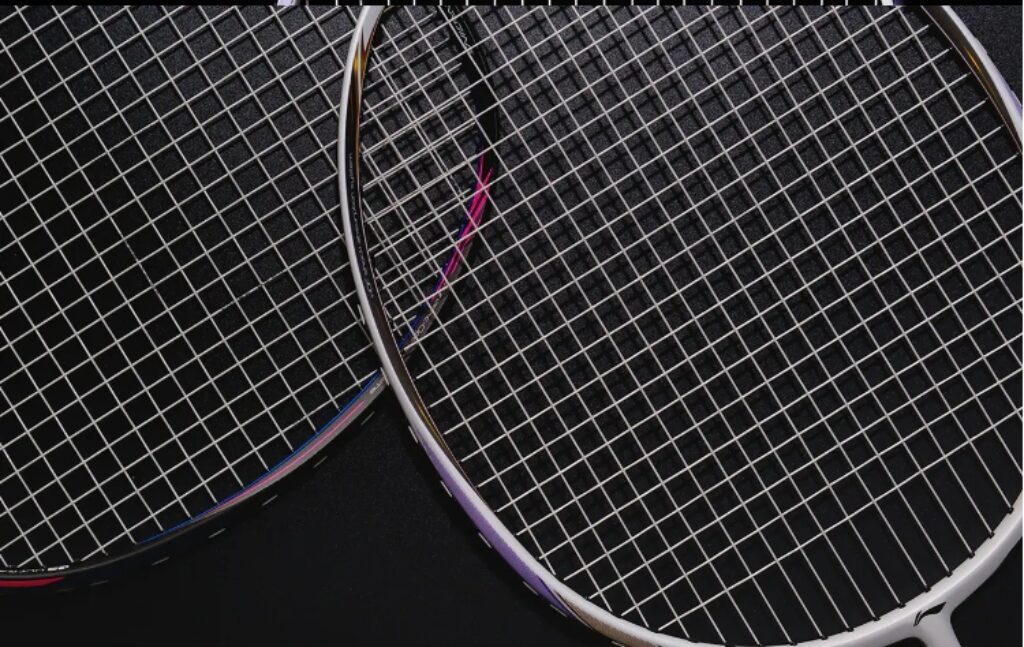
Appearance
The N7II continues the white primary color design, but Li-Ning has applied a new polishing process over the pearl white base, giving it a unique texture that resembles bone carving, neither matte nor glossy. The gold reflective paint of the N7 is retained, reflecting a faint green under light. The accent color is a small area of violet, adding a touch of elegance without overshadowing the pearl white.
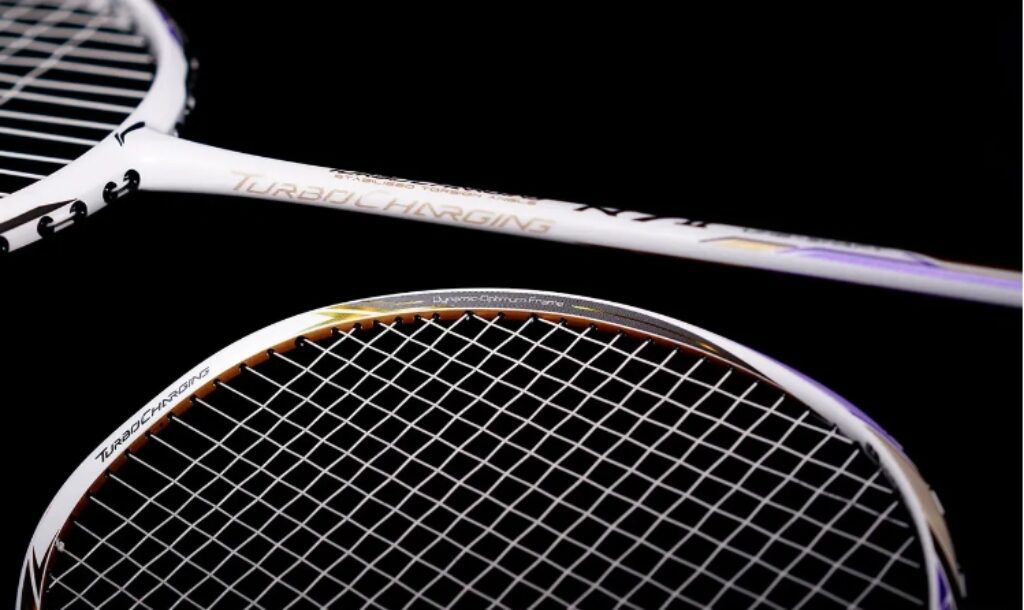
Frame Design
The N7II, like the N9II, features a large frame with an energy aggregation design. The short string grommets and large head area impact string durability. The measured diameter of the N7II’s shaft is 7.05mm, slightly narrower than the N9II, likely due to differences in paint thickness. After accounting for paint thickness, it is possibly around 6.8mm, still considered a thin shaft.
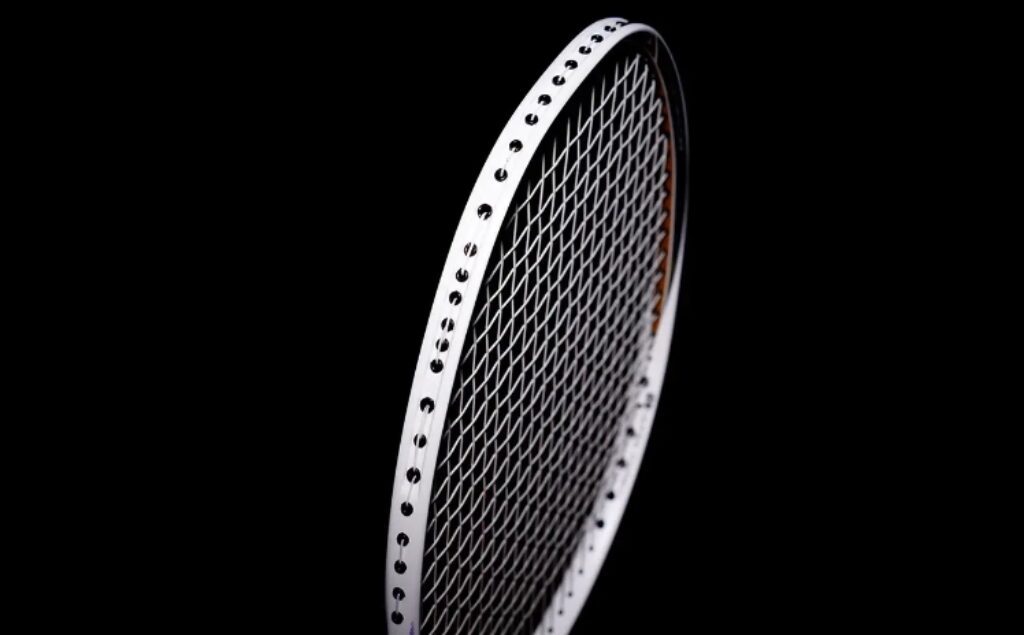
Specifications:
- Model: Li-Ning N7II
- Frame Type: W3S2, 76-hole Energy Aggregation Frame
- Face Area: Large+
- Weight (including grip tape, base film, and strings): 95.30g (empty racquet 86.13g)
- Balance Point: 296mm, 4mm balanced (296mm-300mm)
- Grip Length: 200mm
- String: Li-Ning No. 1 string, SZ double knot, 27 pounds
- Hardness: Frame—Moderate to hard; Shaft—Hard; Hit Feel—Hard
- Vibration: Medium
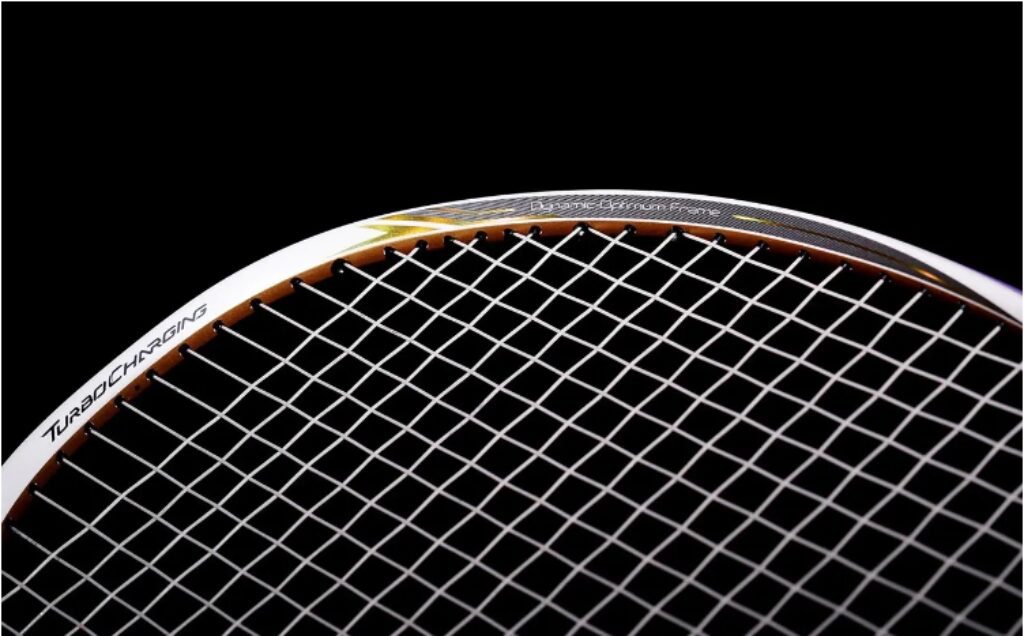
On-Court Performance
The N7II feels slightly lighter than the N9II, with a crisp hit feel that is not sticky. The swing weight is lower than the N9II, making it a balanced, fast, and responsive racquet. Its large frame and hard shaft contribute to a fast and powerful response, suitable for quick play in the front and mid-court, while also performing well in the backcourt.
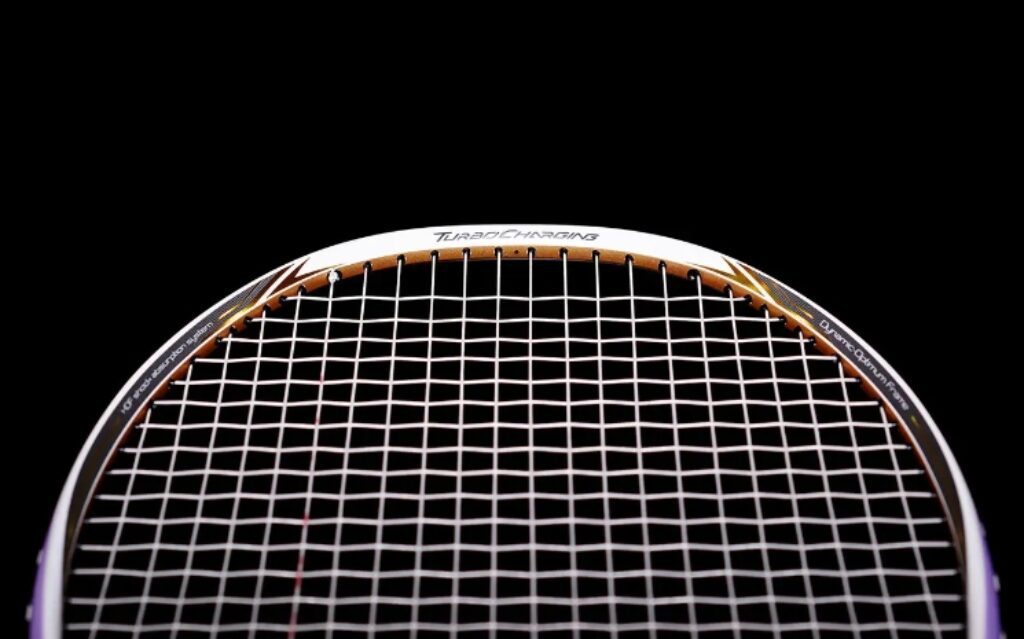
Strengths
- Large Frame: Provides strong hitting power and high forgiveness, making it easy to deliver powerful clears.
- Hard Shaft: Ensures direct power transfer, suitable for aggressive and powerful shots.
- Speed and Control: Balanced for quick reactions in mid-court play, with strong performance in both attack and defense.
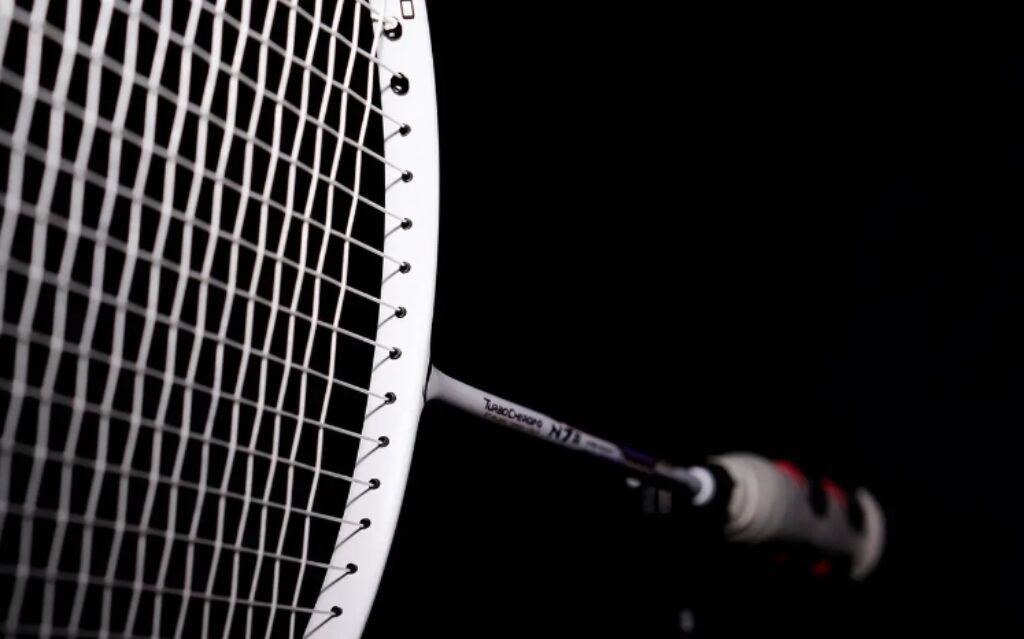
Weaknesses
- Stiff Feel: The combination of a hard shaft and large frame results in a hard hit feel, with slightly more vibration and less explosive power compared to the N9II.
- Control: The large frame’s control may be weaker, especially for front-court shots and net play. Precision in placing shots and handling delicate touches requires more skill.
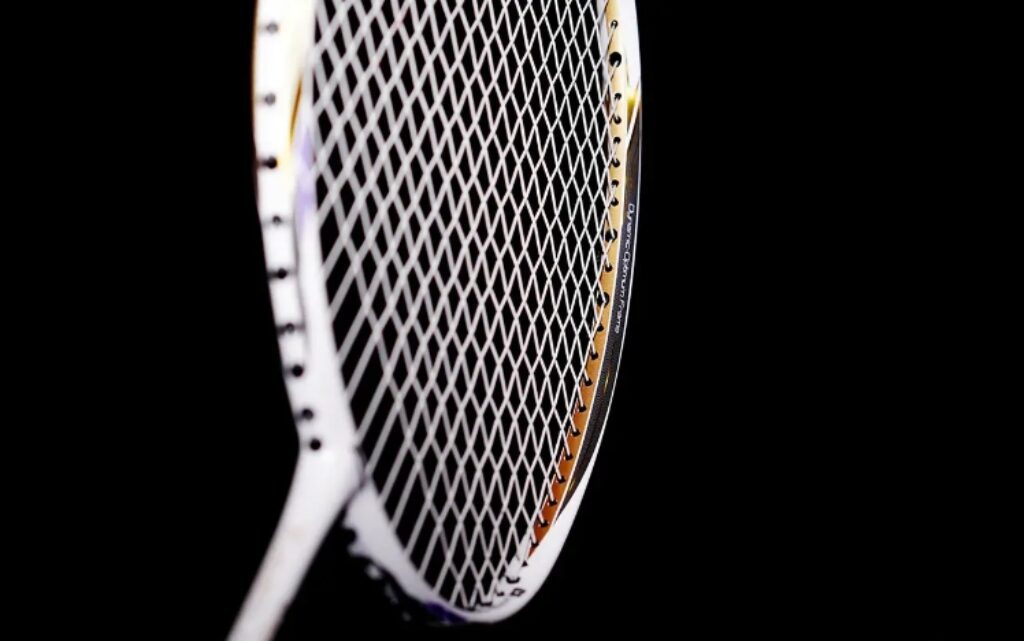
Backcourt Performance
The N7II’s hard shaft and large frame offer substantial power, providing a strong one-shot kill capability. Although its swing weight is lower than the N9II, the direct power transfer from the hard shaft allows for effective short bursts of force. It is well-suited for quick, explosive shots but may struggle with accuracy in full-force smashes.
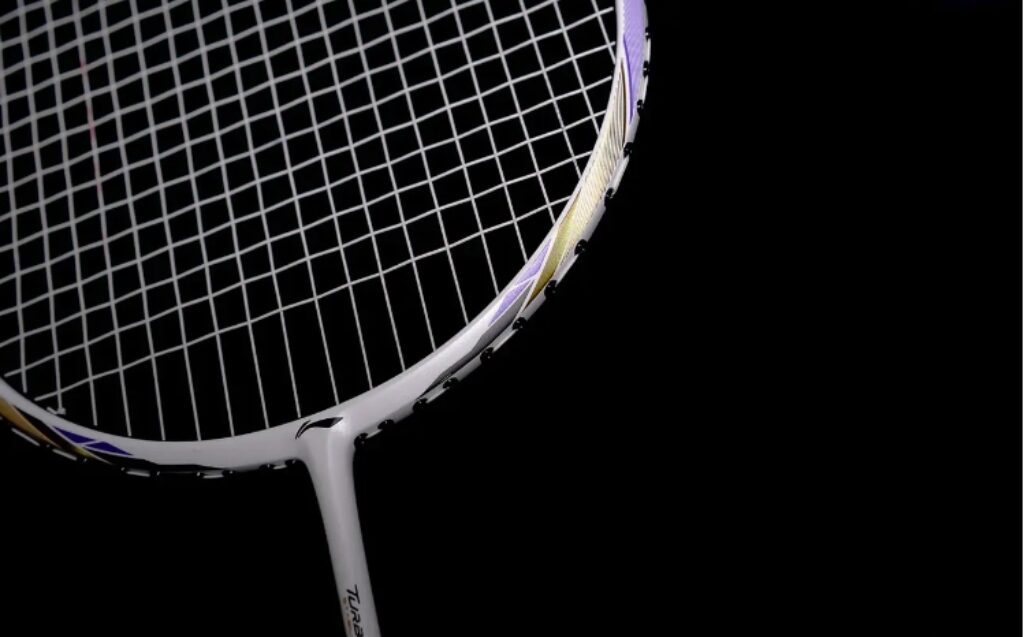
Summary
The Li-Ning N7II and N9II are complementary racquets, each with distinct roles. The N7II is a classic balanced, fast, and responsive racquet with a solid feel, ideal for quick and powerful play. It may be challenging for players seeking fine control, particularly in net play, but excels in mid-court aggression and backcourt power. As Zhang Nan’s Olympic-winning racquet, the N7II clearly has its strengths and has earned its place in high-level competition.
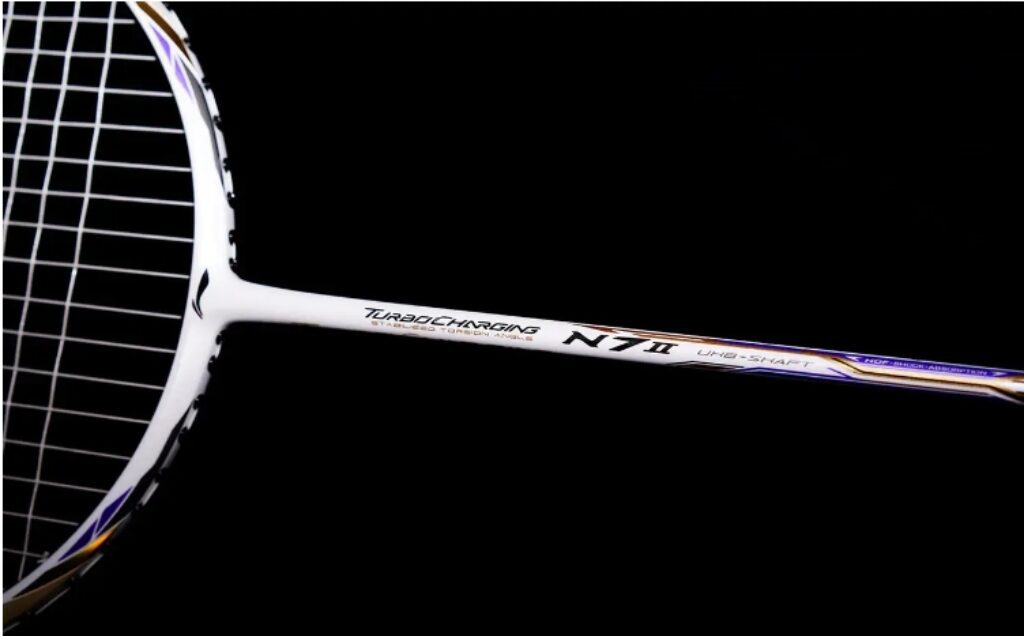

Leave a Reply